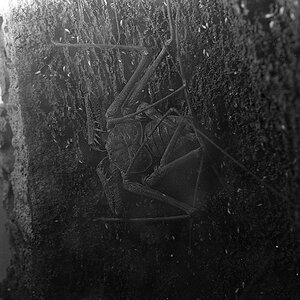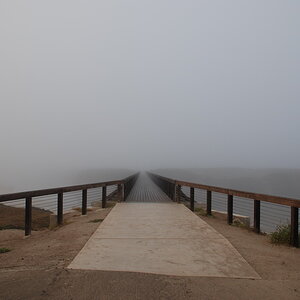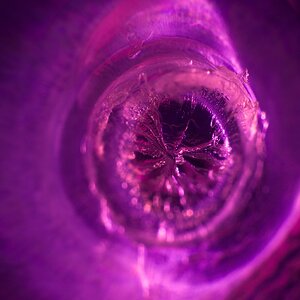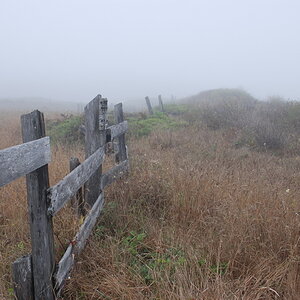- Joined
- May 1, 2008
- Messages
- 25,418
- Reaction score
- 4,999
- Location
- UK - England
- Website
- www.deviantart.com
- Can others edit my Photos
- Photos OK to edit
[ame]http://www.youtube.com/watch?v=ROWVH2eRatE&feature=related[/ame]
[ame]http://www.youtube.com/watch?v=qxNvOu8IkpQ&feature=related[/ame]
[ame]http://www.youtube.com/watch?v=PumcmlRAk4Y&feature=related[/ame]
[ame]http://www.youtube.com/watch?v=B35H4-q44iw&feature=related[/ame]
[ame]http://www.youtube.com/watch?v=GjjBe5AJAwE&feature=related[/ame]
[ame]http://www.youtube.com/watch?v=7X772PEUTxE&feature=related[/ame]
[ame]http://www.youtube.com/watch?v=Tl9zTbmnR9Y&feature=related[/ame]
[ame]http://www.youtube.com/watch?v=eo2F-rly_D4&feature=related[/ame]
[ame]http://www.youtube.com/watch?v=PnP6AiIBRVM&feature=related[/ame]
[ame]http://www.youtube.com/watch?v=WXz1kkpdKk8&feature=related[/ame]
[ame]http://www.youtube.com/watch?v=d1j5QCzJfrw&feature=related[/ame]
The start of a series of youtube vids which introduces you to the idea of both using your camera meter to meter a scene through to how to use the zone system to help set yourself correct exposures.
[ame]http://www.youtube.com/watch?v=qxNvOu8IkpQ&feature=related[/ame]
[ame]http://www.youtube.com/watch?v=PumcmlRAk4Y&feature=related[/ame]
[ame]http://www.youtube.com/watch?v=B35H4-q44iw&feature=related[/ame]
[ame]http://www.youtube.com/watch?v=GjjBe5AJAwE&feature=related[/ame]
[ame]http://www.youtube.com/watch?v=7X772PEUTxE&feature=related[/ame]
[ame]http://www.youtube.com/watch?v=Tl9zTbmnR9Y&feature=related[/ame]
[ame]http://www.youtube.com/watch?v=eo2F-rly_D4&feature=related[/ame]
[ame]http://www.youtube.com/watch?v=PnP6AiIBRVM&feature=related[/ame]
[ame]http://www.youtube.com/watch?v=WXz1kkpdKk8&feature=related[/ame]
[ame]http://www.youtube.com/watch?v=d1j5QCzJfrw&feature=related[/ame]
The start of a series of youtube vids which introduces you to the idea of both using your camera meter to meter a scene through to how to use the zone system to help set yourself correct exposures.
Last edited:




![[No title]](/data/xfmg/thumbnail/34/34077-2933006a1d00efe7d5967044e94e345e.jpg?1619736268)


![[No title]](/data/xfmg/thumbnail/37/37609-a1984365804384f841d8245ae7e3b9a7.jpg?1619738149)
![[No title]](/data/xfmg/thumbnail/34/34079-552f58c1ec0f8485f9c24a5b1db49654.jpg?1619736268)


![[No title]](/data/xfmg/thumbnail/37/37632-06d8ff7f84d84f6ac01249ce8885d896.jpg?1619738156)


